Figures & data
Figure 1. Diagram of the set up for the RDBM assessment. Note. The larger individual behind the smaller individual represents the parent, the small individual represents the infant, and the single individual represents the researcher.
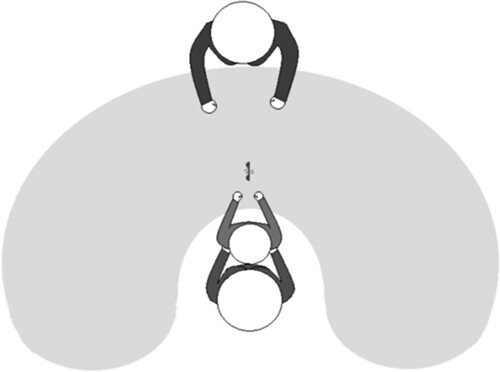
Figure 2. Differences in RDBM speed across different ages. Note. Quadratic change (dashed line) across age.
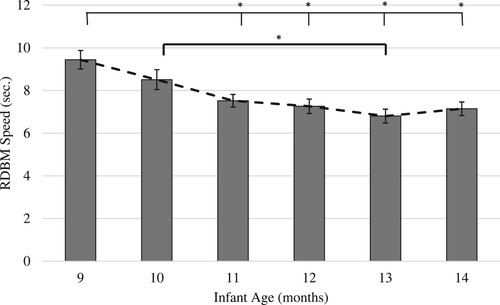
Table 1. Significant mean differences in RDBM performance across different age comparisons.
Figure 3. Change in RDBM speed across time between different hand preference groups for RDBMs performed on simple toys using the right hand.
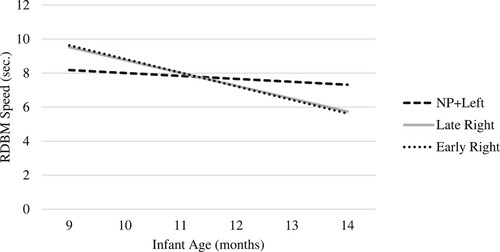
Table 2. Estimated fixed and random effects for simple, right-hand, RDBM speed according to hand preference for acquiring objects.
Figure 4. Change in RDBM speed across time between different hand preference groups for RDBMs performed on difficult toys using the right hand.
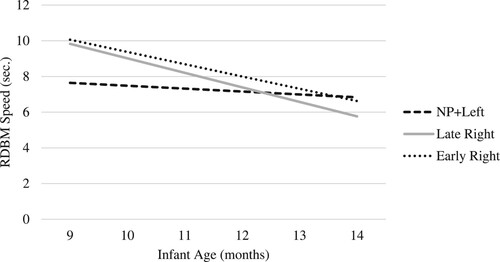
Table 3. Estimated fixed and random effects for difficult, right-hand, RDBM speed according to hand preference for acquiring objects.
Figure 5. Quadratic change in RDBM speed across time between different hand preference groups for RDBMs performed on simple toys using the left hand.
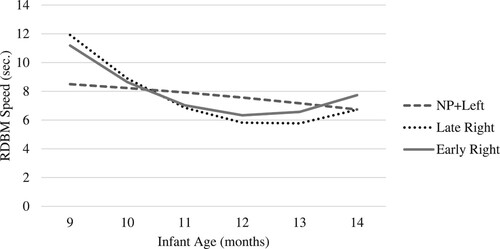
Table 4. Estimated fixed and random effects for simple, left-hand, RDBM speed according to hand preference for acquiring objects.
Figure 6. Differences in change in RDBM speed across time between different hand preferences demonstrate a quadratic trend.
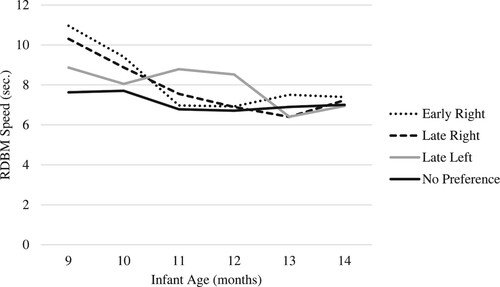
Figure 7. Differences in change in RDBM speed across time between different toy types demonstrate a quadratic trend.
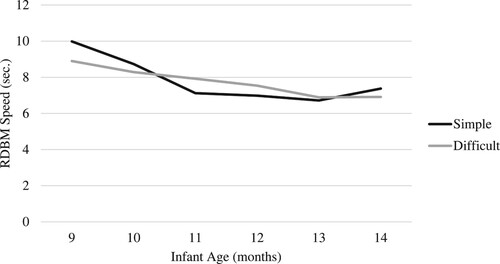
Table 5. Means and standard deviations of RDBM speed for different toy types, hand used to complete the rdbm, age, and hand preference.
Table 6. Interaction effects of hand used to perform RDBMS, toy type, age, and hand preference.
Data availability statement
The data that support the findings of this study are available from the corresponding author, [J.M.C], upon reasonable request.
